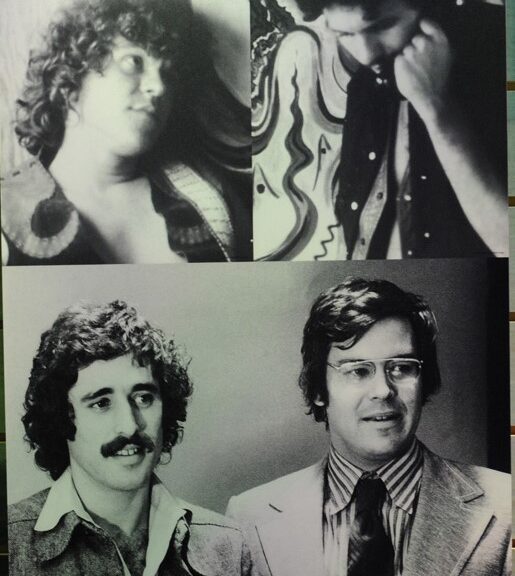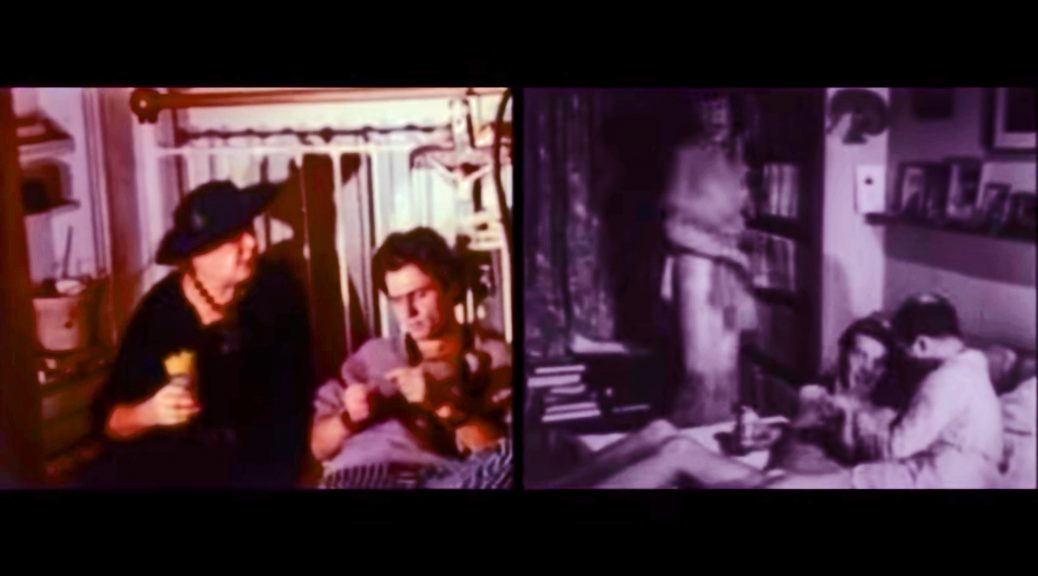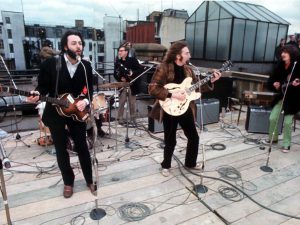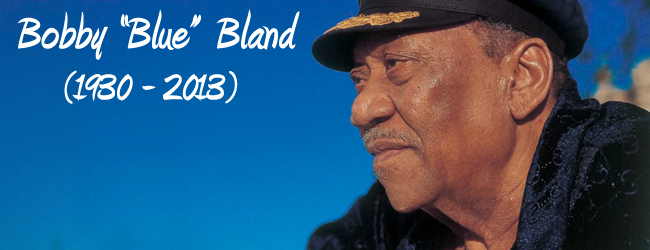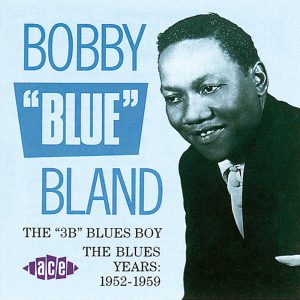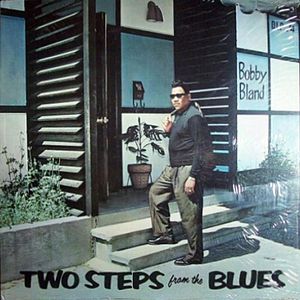February 6 Music et al
George Harrison
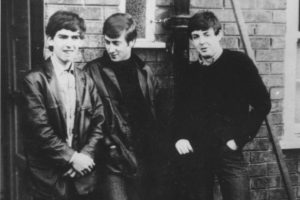 February 6, 1958: George Harrison joined The Quarrymen. The group, named after Lennon’s school, featured John Lennon, Paul McCartney, Len Garry, Eric Griffiths and John Lowe.. George Harrison (recalling those early days): “I was very impressed by John, probably more than Paul, or I showed it more. I suppose I was impressed by all the Art College crowd. John was very sarcastic, always trying to put you down, but I either took no notice or gave him the same back, and it worked.” (see July 15)
February 6, 1958: George Harrison joined The Quarrymen. The group, named after Lennon’s school, featured John Lennon, Paul McCartney, Len Garry, Eric Griffiths and John Lowe.. George Harrison (recalling those early days): “I was very impressed by John, probably more than Paul, or I showed it more. I suppose I was impressed by all the Art College crowd. John was very sarcastic, always trying to put you down, but I either took no notice or gave him the same back, and it worked.” (see July 15)
February 6 Music et al
All Those Years Ago
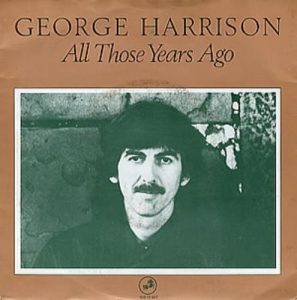 Exactly 33 years later (and 60 days after John Lennon’s murder) on February 6, 1981, George Harrison completed the recording of All Those Years Ago, Harrison’s musical tribute to Lennon.
Exactly 33 years later (and 60 days after John Lennon’s murder) on February 6, 1981, George Harrison completed the recording of All Those Years Ago, Harrison’s musical tribute to Lennon.
Ringo Starr had worked with Harrison on the song in November 1981 intending to use it on his own album, but decided not to. After lennon’s assassination, Harrison changed the lyrics and invited Paul McCartney to join on the vocals.
It was the first time that the three former band mates had appeared on the same recording since “I Me Mine” in 1970.
The song’s personnel are:
|
Harrison’s Dark Horse label released the song in the United States on May 11, 1981. The song went to #2 in the United States. (2017 K-SHE’95 article) (see Feb 19)
| I’m shouting all about love While they treated you like a dog When you were the one who had made it so clear All those years agoI’m talking all about how to give They don’t act with much honesty But you point the way to the truth when you say All you need is loveLiving with good and bad I always looked up to you Now we’re left cold and sad By someone the devil’s best friend Someone who offended allWe’re living in a bad dream They’ve forgotten all about mankind And you were the one they backed up to the wall All those years ago You were the one who imagined it all |
All those years ago All those years agoDeep in the darkest night I send out a prayer to you Now in the world of light Where the spirit free of lies And all else that we despisedThey’ve forgotten all about God He’s the only reason we exist Yet you were the one that they said was so weird All those years ago You said it all though not many had ears All those years ago You had control of our smiles and our tears All those years agoAll those years ago All those years ago |
February 6 Music et al
Billboard #1
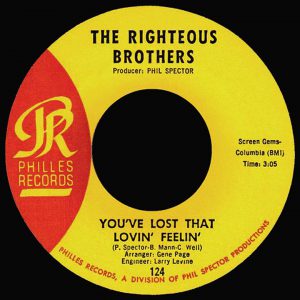 February 6 – 19, 1965: “You’ve Lost That Lovin’ Feelin’” by the Righteous Brothers #1 on the Billboard Hot 100. In 1999, BMI listed the song as the one most often played on American radio and television in the 20th century, with some 8 million plays. That total includes all versions of the song, not just The Righteous Brothers’.
February 6 – 19, 1965: “You’ve Lost That Lovin’ Feelin’” by the Righteous Brothers #1 on the Billboard Hot 100. In 1999, BMI listed the song as the one most often played on American radio and television in the 20th century, with some 8 million plays. That total includes all versions of the song, not just The Righteous Brothers’.
The husband-and-wife songwriting team of Barry Mann and Cynthia Weil wrote the song. For inspiration, the team used the idea of Four Tops’ big hit, “Baby I Need Your Loving.” Phil Spector also receives writing credit, although he did not contribute to it. As a powerful producer, he, like others, claimed inspiration and perspiration as sufficient.
The opening line, “You never close your eyes any more when I kiss your lips,” was inspired by the Paris Sisters song “I Love How You Love Me,” which begins, “I love how your eyes close whenever you kiss me.”
The song was the first Righteous Brothers release on Philles Records, and it gave both the duo and the songwriting team their first #1 hit. (see Righteous for more)
February 6 Music et al
The Road to the Woodstock Festival
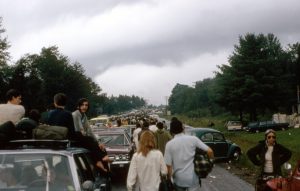 February 6, 1969: Michael Lang and Artie Kornfeld met John Roberts and Joel Rosenman for the first time. Lang and Kornfeld propose a music studio retreat in Woodstock, NY that would be an ideal place for musicians to make music in a relaxed atmosphere in an area where many other young musicians live. (see Road for expanded story)
February 6, 1969: Michael Lang and Artie Kornfeld met John Roberts and Joel Rosenman for the first time. Lang and Kornfeld propose a music studio retreat in Woodstock, NY that would be an ideal place for musicians to make music in a relaxed atmosphere in an area where many other young musicians live. (see Road for expanded story)

